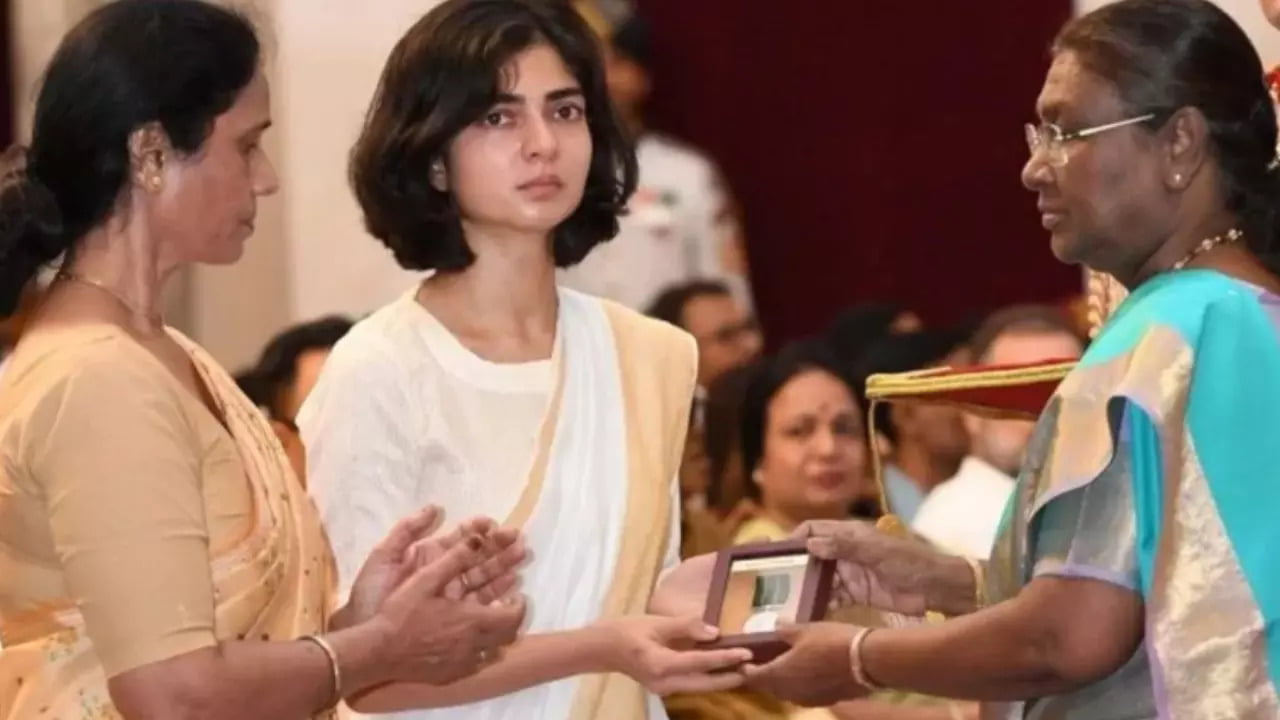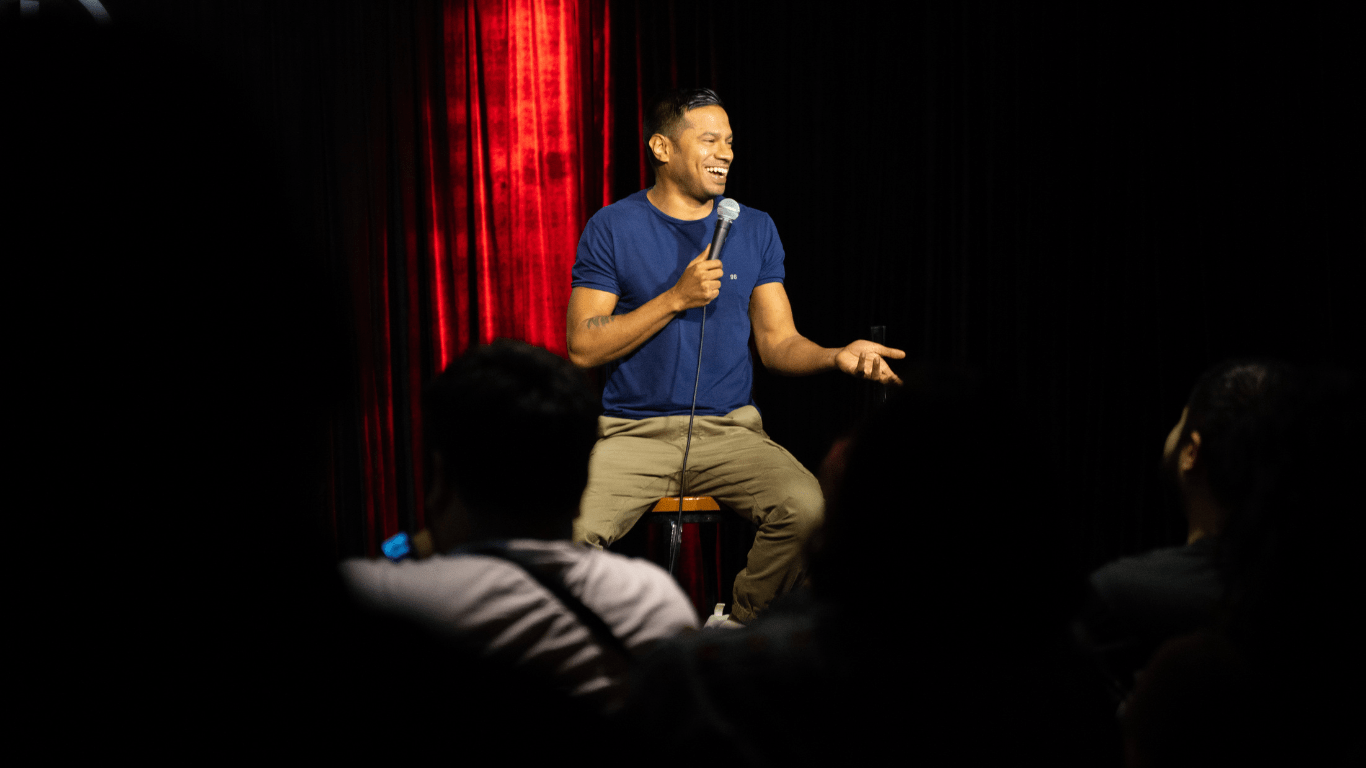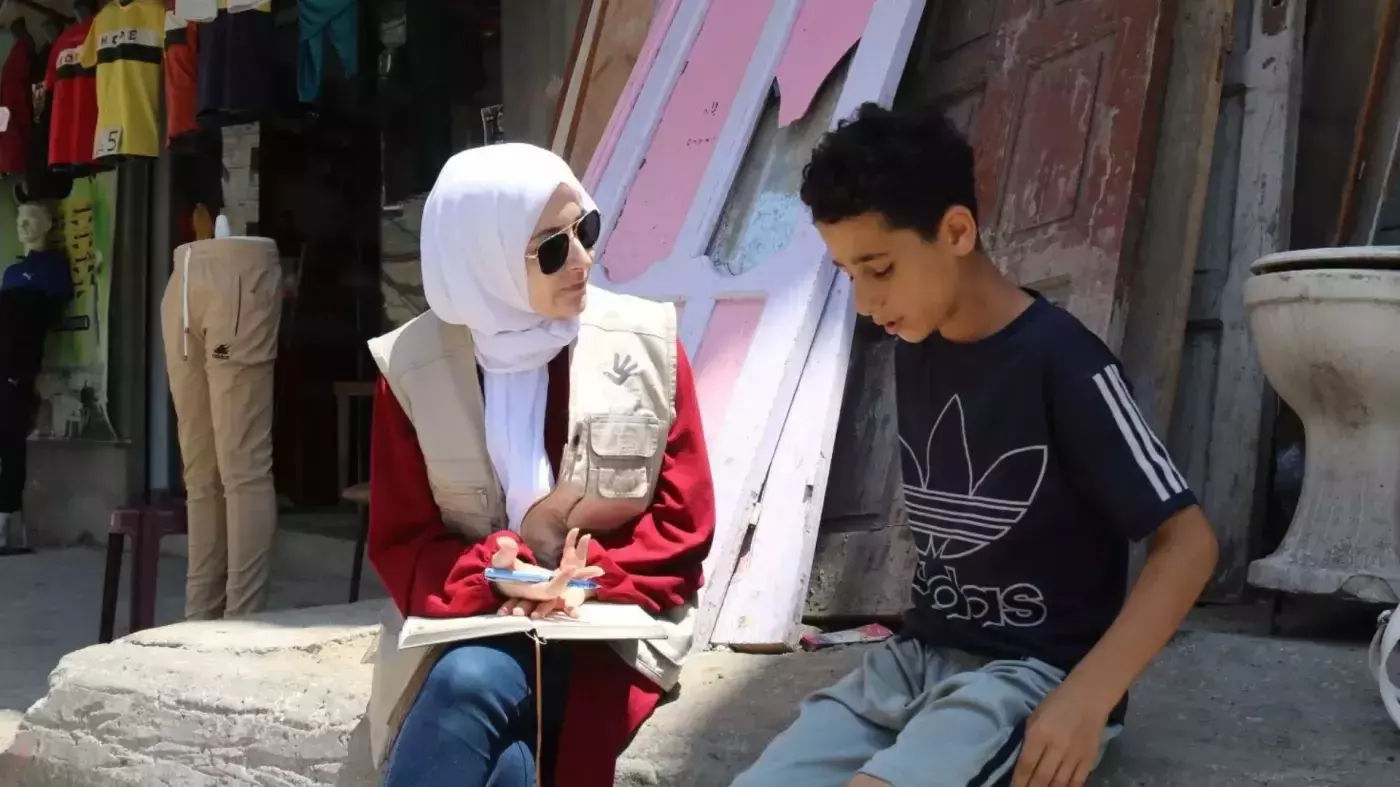Kashmir continues to bathe in the blood of its own people, falling prey to ‘stray bullets’ and ‘non lethal pellets’ fired from the guns of the Indian armed forces. Since July 2016, Kashmir has lost over 100 young lives, thousands (registered and unregistered in hospitals) have been injured. The haunting pictures include one of a 14-year-old student, Insha Malik, blinded. Thanks to the Indian state, her dreams of becoming a doctor darkened forever.
Indian media is doing what it does best; reporting lies from Kashmir to present ‘analyses’ that declared stone pelters being paid and also lauding the demonetisation move for putting an end to stone pelting towards the end of 2016.
It goes without saying that Kashmiris have stopped watching Indian news channels long back. When you are dodging a bullet shot by the Indian armed forces on a daily basis, screaming out what you want, it really doesn’t help when you hear ‘journalists of repute’ and random news channels broadcasting anything but the truth about you. And that is why the internet has been a favourite with young Kashmiris.
The internet has been responsible for spreading awareness about the reality of Kashmir amongst those Indians who cared to know.
Post 2008 and 2010 youngsters have mostly turned to social media to express their opinions, and reach out to people with their truth. The internet has also been responsible for spreading awareness about the reality of Kashmir amongst those Indians who cared to know, hence changing perspectives for many Indian youth, shifting focus from tuning in to primetime news to talking to Kashmiris and understanding Kashmir. That also means that the internet poses a threat to the state, bringing down its huge wall of lies. Hence, the internet gets banned.
Ban has been a favourite plaything of the state in Kashmir. So far the Indian state through its local governing apparatus has banned local media, SMS service, protests and their favourite, the internet. The Indian state has banned everything except things that need to be banned, like using live bullets and pellet guns when dealing with protestors.
Let’s face it; Kashmiri lives don’t matter as much as the need of the Indian state to obfuscate the truth and tell the world that all is well in Kashmir. If the lip service that the state often does, and what passes for an obituary to the young lives we lose by the hundreds almost every other year, was serious – they would let internet be a place where youngsters resorted to criticizing them and expressing their opinions, without any physical violence occurring.
However there will always be the very serious psychological violence online, thanks to nationalist Indians, for whom a man in the uniform in Kashmir is the ultimate saviour and a symbol of bravery, selflessness, courage and patriotism. No, never mind what happens when these soldiers try and expose the corruption within their ranks; they are either dismissed for ‘breaking rules’ or they have to hang themselves under pressure. Any person who uses a fraction of logic will know that the state and the nationalists play the ‘soldier’ card to justify violence by the state.
the internet poses a threat to the state, bringing down its huge wall of lies. Hence, the internet gets banned.
India tops the charts of countries banning the internet and since 2016, the internet has been shut down 29 times. Let the young Indians take a deep breath and imagine what it means to not have internet, especially when the Indian Supreme Court has observed that access to internet is a basic right of every individual and cannot be taken away. But that is in context of India and not Kashmir, in what is an admission of India and Kashmir being two separate entities.
In India, when even proof of Kashmiri lives being taken by trigger-happy armed forces, firing straight at the heads of children don’t inspire an outrage, the internet shutdown is nothing in comparison. A recent order of the JK government that bans the use of many social media networks, mentions, repeatedly in six different ways that social media has been used to spread ‘rumours’ and ‘disturb peace and tranquility’ in the state. Anyone who has closely followed Kashmir will know that there has been no peace in the state for the last 11 months or won’t be till it is forcefully occupied. It is hard to disturb an abstract, non-existent idea, in my opinion.
This order comes closely after the Indian armed forces killed 8 people on the day of by polls in Budgam and Srinagar. The polling percentage that day was 6.5%, after which state went for by polls again after some days, where, in what would be a clear evidence of rejection, only 2% of people came out to vote. Apart from the fact that this speaks a lot about what people really want, it was a shaming moment for the government.
Amidst the protests and clashes was a video uploaded on Facebook, where some soldiers of the Indian armed forces are shown walking back to their camps, in midst of a small crowd, with a couple of Kashmiri boys jeering at them and occasionally hitting their helmets and belongings. The video went viral but only a part of it, specifically the jeering and kicking part. If you watch the whole video, it actually shows Kashmiris protecting these soldiers from those hitting them, while feeling sorry for them (voices in Kashmiri clearly sympathizing) and escorting them out.
since 2016, the internet has been shut down 29 times in kashmir.
Take a moment and imagine this. You know a particular person is part of a structure that has a history of killing, raping, torturing, blinding, disappearing and maiming your people. You know the same person tomorrow might shoot you in the head without a care in the world, protected by impunity, both legal and moral. You have a chance where you outnumber this person/s, what would you do? Human nature would suggest that you attack the person, take out your anger and make an attempt at eliminating a threat to your life. And yet, even after decades of humiliation, suffering and killings, the soldiers are escorted out, protected from harmless kicks of enraged youngsters.
The video however, caused an uproar in India, and Indians wanted to avenge the humiliation of their ‘jawans’ while praising their self control and restraint, and like that coupled with Indian media falsified all the killings that their forces are accused of. Big names like Gautam Gambhir also joined the herd, calling openly for genocide of Kashmiris for such treatment to Indian soldiers.
Just imagine our disgust when a soldier being slapped enrages Indians but our people being killed on streets should be considered normal. The response was of multiple videos being shared by Kashmiris that showed a young boy being shot in his head on polling day, young boys being beaten and forced to say ‘Pakistan Murdabad’, a boy beaten by a gang of soldiers as he cries out for water, a soldier threatening boys by making it clear to them that they could be shot and nobody would question him, and of course a voter being tied to the front of an army jeep as a warning to the protestors.
In an epic denial that is part of the Indian state and now seems to be part of the Indian collective too, the videos were called fake, even when there was a good possibility that these were shot by soldiers themselves in an attempt to induce fear among people. The denial we have known, but the appreciation coming from Indians and by people like the Attorney General of India for using a man as human shield has revealed the true face of the Indian democracy to the world. We Kashmiris have always known that it has never been about the people, it is about the land and its occupation.
These videos led to international coverage and a discussion on Kashmir, even as the Indian armed forces started attacking educational institutions, starting from Degree College Pulwama. In retaliation, students from colleges and universities across Kashmir came out to protest on the streets, pelting stones in uniforms, chanting pro-freedom slogans and still carrying their bags and books. This was an unprecedented event; a spontaneous action from school and college going students that included a large number of girl students with stones in their hands, following nobody, just their own experiences and political will.
These images that shattered all Indian narratives went viral and amidst confusion and chaos a ban was enforced, or rather has tried to be enforced on social media as I write this piece. The question is if Indian state bans internet for ‘peace and tranquility’, why does it not do so in India? Videos of lynching have gone viral, so has the support for the lynchings, open threats to Kashmiris and Muslims are common and so are rape threats to every other woman. Internet has been used to spread hatred, attack anyone with a different opinion and to bully people, but no action has ever been taken. It becomes obvious that India doesn’t want the world to know the reality and hence the internet gag, this even as a UN resolution calls access to internet a human right.
Just imagine our disgust when a soldier being slapped enrages Indians but our people being killed on streets should be considered normal.
Kashmiris have obviously found loopholes in the ban. In 2016 youngsters would hack into wifi networks that still worked and now, using VPNs, they have gotten around the ban, rendering it ineffective. Kashmiris have also launched their own social media and apps for remaining in touch. The point here being that banning social media and internet for ‘peace’ is the same thing as closing your eyes on seeing an angry bull approach; in both cases you are just not accepting the reality.
The realities of Kashmir and the demands of Kashmiris have never depended on the availability of internet and the ban will not achieve any results. Kashmiris keep finding ways of resisting even in small ways that are only symbolical, just like they did with Snapchat. As Indians called for a boycott of Snapchat, Kashmiris called for a mass downloading of Snapchat, and giving the app excellent reviews just to defy Indians. Every action shouts out loud, if only you removed your hands from your ears.
Also read: The New Normal Of Living With No Internet In Kashmir





Anywhere in the world, an area facing high risk of terrorism go through a short-term or long-term social media, internet ban. That is only natural to ensure civilian safety and to minimise civilian involvement in separatist movements. What’s the alternative? How to avoid spreading radical messages, minimise youth radicalisation?
My friend people speaking about human rights needs to be very clear if they are speaking for all human beings or just a select few. The soldiers guarding the borders are also human beings. The Indian armed forces always have the option of finishing the unrest of Kashmir in just 24 hrs- they just need to shoot down the few cowards who are the so called leaders of kashmiris. The rest of the issues would be solved immediately. The restraint and patience shown by the army should not be taken for granted. Throwing stones at your own army is also violation of human rights.